The European Space Agency (ESA) has given the green light to the world’s first space telescope dedicated to studying how exoplanet atmospheres form and evolve.
Its mission is to understand the links between a planet’s chemistry and its environment by charting approximately 1,000 known planets outside our own solar system, arming scientists with a full picture of what exoplanets are made of, how they were formed and how they will evolve.
The Atmospheric Remote-sensing Infrared Exoplanet Large-survey, or Ariel as it’s better known, has been put through a rigorous review process throughout 2020, and is now slated for launch in 2029.
Thanks to Government funding through the UK Space Agency, UK research institutions – including UCL, the Science and Technology Facilities Council’s (STFC) RAL Space, Technology Department and UK Astronomy Technology Centre, Cardiff University and University of Oxford – are playing a critical role in the mission; providing leadership, contributing expertise, vital hardware and software and shaping its goals.
Once in orbit, Ariel will rapidly share its data with the general public – inviting space enthusiasts and budding Astronomers to use the data to help select targets and characterise stars.
Science Minister, Amanda Solloway, said:
“Thanks to government funding, this ambitious UK- led mission will mark the first large scale study of planets outside the solar system, and will enable our leading space scientists to answer critical questions on their formation and evolution. It is a testament to the brilliant work of the UK space industry, our incredible scientists and researchers led by University College London and RAL Space and our international partners that this mission is ‘lifting off’. I look forward to watching it progress towards launch in 2029.”


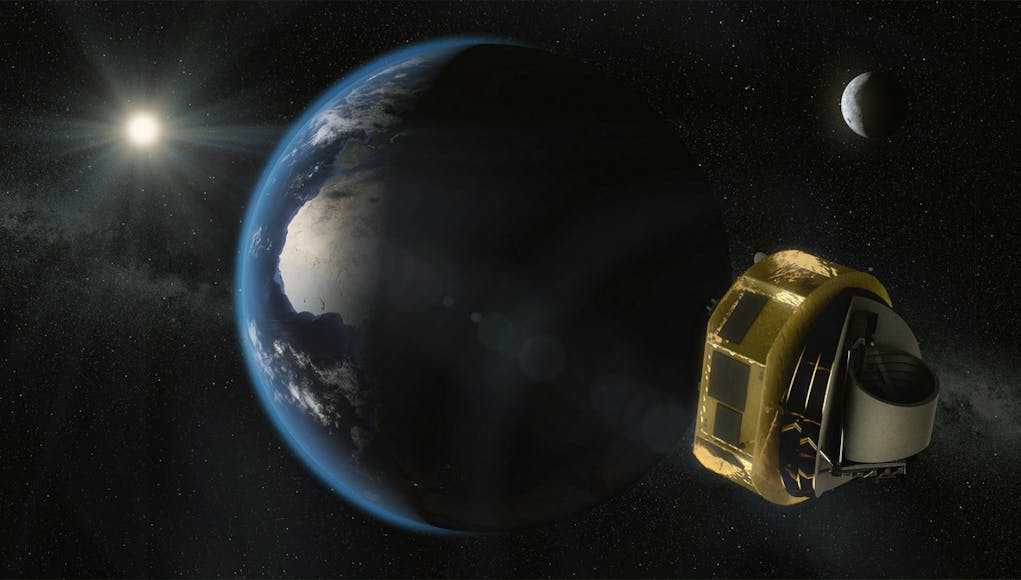
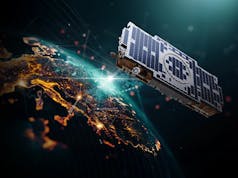
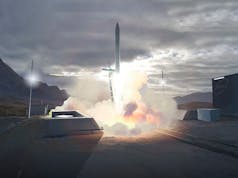


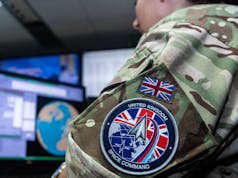
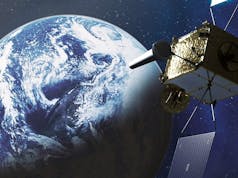
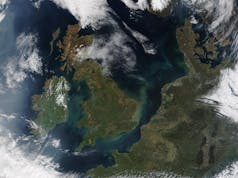
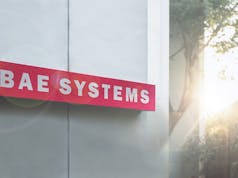

Why do we have to ask the ESA? Am I missing something?
This is an ESA mission which we are contributing to, it isn’t a UK only project. We couldn’t fund it all or launch it on our own. ESA is not an EU institution, it has non EU members, including the UK. Not sure if that answers your question?
Cheers assumed was EU based. With our new new supposed space facilities is this something we could be launching our selves
No. For starters our Space facilities are not up and running.
For seconds: UK space ports are aimed at high inclination orbits for small payloads in LEO (Low Earth Orbits) and SSO (Sun Stationary Orbits). For comparison, the most likely rockets we are looking at using: Electron can Carry 300 KG to LEO and 200Kg to SSO
Prime can carry 150kg to SSO
Launcher 1 can carry about 500kg to SSO
Skylark L can carry about 100kg to LEO and,
Skyrora XL might be able to carry about 300kg to SSO.
To put these numbers into perspective SSO’s are generally between 500 and 1,000km above the earths surface, and LEO’s are orbits below 2,000km.
Ariel weighs 1,300kg, which puts it out of the lifting weight of any UK based launch vehicle to get even to LEO, but it gets worse; because Ariel is expected to hunt for Exoplanets it needs a distant, but stable location, so it’ll be heading for L2, or Lagrange Point 2. L2 is baisically if you start from the sun, go to Earth and keep going for a little bit. The combined gravity of the Earth and Sun at L2 speeds up anything orbiting the sun and keeps it in line with the Earth, while not actually orbiting the Earth.
So where is L2?
It’s about 1.5 million km outwards from earth.
Ambition: 1,300kg to 1,500,000km away.
Reality: 500kg to 500km away.
Only one launch system within Europe can launch that kind of weight that far, and only one launch site can handle it. Those are Ariane and the Centre Spatial Guyanais.
Nicely put and reality check
UK is part of the European Space Agency, way European Space Agency works is similar to the US congressional budget system.
A mission is given development funding and worked up by the ESA projects team into a costed bid proposal. It is then proposed to the ESA Ministerial Council competing with other projects to be prioritised based on the scientific benefit and if approved the ESA Council then ask their members for funding contributions to it. The workshare of the mission is then proportional to the contributions. So if the UK government pledges 75% of the mission cost it would get 75% of the work going to British national contractors for example. The Ariel mission had already been in development for two years before the UK was announced as the lead builder of the platform and the scientific instrument payload has been developed by a consortium of 50 university’s from 17 European countries and NASA.
So for example the NASA-JPL contribution is an instrument called CASE which is the same hardware as the EUCLID mission. Three short wavelength infrared cameras which will also contribute star positioning navigational data to help with the spacecrafts fine positioning system.
And thats just one of 11 separate instrument packages onboard.
Unfortunately given the size (just over 1,300 kg) and proposed location (Earth L2) there is no way on earth (pardon the pun) that ARIEL can be launched from one of our UK spaceports (assuming it’s up and running by then).
Given that it’s ESA I’m guessing a launch from French Guyana on one of the newer Ariane rockets?
It was designed to be launchable by a Vega-C but its currently pencilled in for a Ariane 62.
Ah I always forget about Vega, but still surprising, I’d have thought it would be a bit small for lifting out to L2.
ESA, NASA, blah, blah, blah.
Don’t get me wrong, I am extremely patriotic and proud of all the scientific progress the UK continues to contribute to our planet and consider it one of the highest national priorities for us to maintain and extend our scientific and technological competitiveness, but regardless of country(ies) of origin I continue to find it amazing how in a few decades we as a species have gone from only speculating about there being any other planets at all outside of our solar system (“Might our solar system really be the only one in the universe with planets?” – highly unlikely but prior to 1992 we didn’t know the answer for sure) to now having identified literally thousands of confirmed exoplanets and to have even started characterising their orbits (e.g. are they in the habitable zone of their star?). And now we are about to go on to begin to analyse some of their atmospheres. Simply amazing.
But for the real science nerds amongst us there is even more amazing stuff on the horizon. It is entirely possible that we might see a mission launched in the next decade or two to map an exoplanet up to 100 light years away in at least 25km resolution. That’s high enough resolution to be able to see oceans, continents, forests and if we got lucky and they exist even large cities and artificial light patches from urban areas lit up at night.
This is not science fiction, all the technology exists or is under active development today. There is a study that has already passed the initial 2 stages of NASA review and is now at the final study stage with the next step being to generate a specific mission proposal. If it gets to the approved/funded mission stage it is apparently possible that a mission might launch by the end of this decade although I suspect sometime in the 2030s is more realistic.
Here is a video describing the project. Be warned that it is very technical, you probably need a reasonably good grasp of General Relativity, optics and ideally also image processing to understand much of it. I’m not sure how much non-physicists would get out of the 23 minute description but for those of you who want to risk it I’d say that as a physicist (and computer scientist) it’s the single biggest “mind totally blown” thing that I’ve seen in the last decade or so where something I had assumed was 100% science fiction might actually happen in my (I mean our) lifetimes(*). Here’s the link to the video ….
https://www.youtube.com/watch?v=NQFqDKRAROI&ab_channel=LaunchPadAstronomy
(*) If anyone gets through the video they’ll understand the joke above. Apart from being a good presenter I rather like his subtle sense of humour.
I just watched this. I have absolutely no background in anything science based, but the narrator explains the concept incredibly well. Actually enjoyed it. Probably wont bring up the subject down the pub, but gave me a great insight.
What I think is amazing is not what it can do, but that someone worked it out. Mind blowing.
Thanks